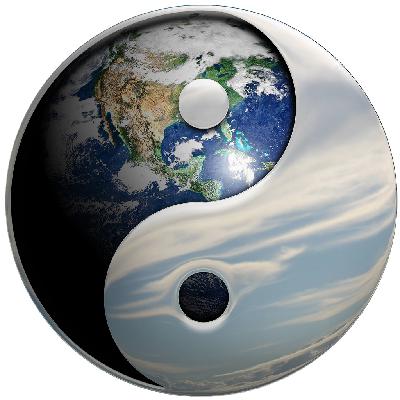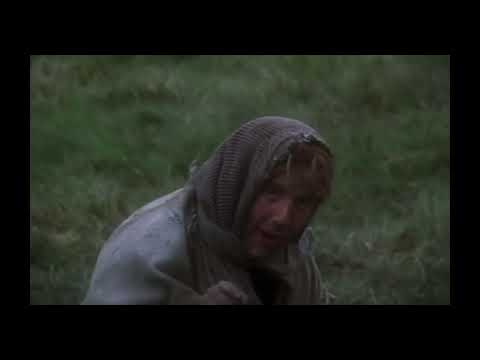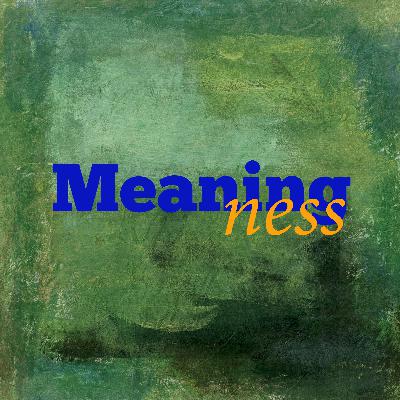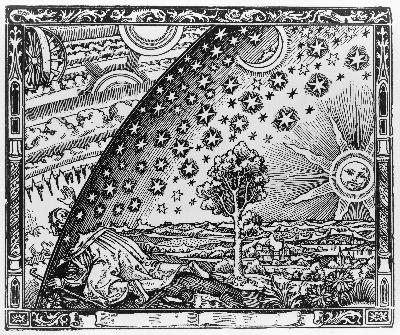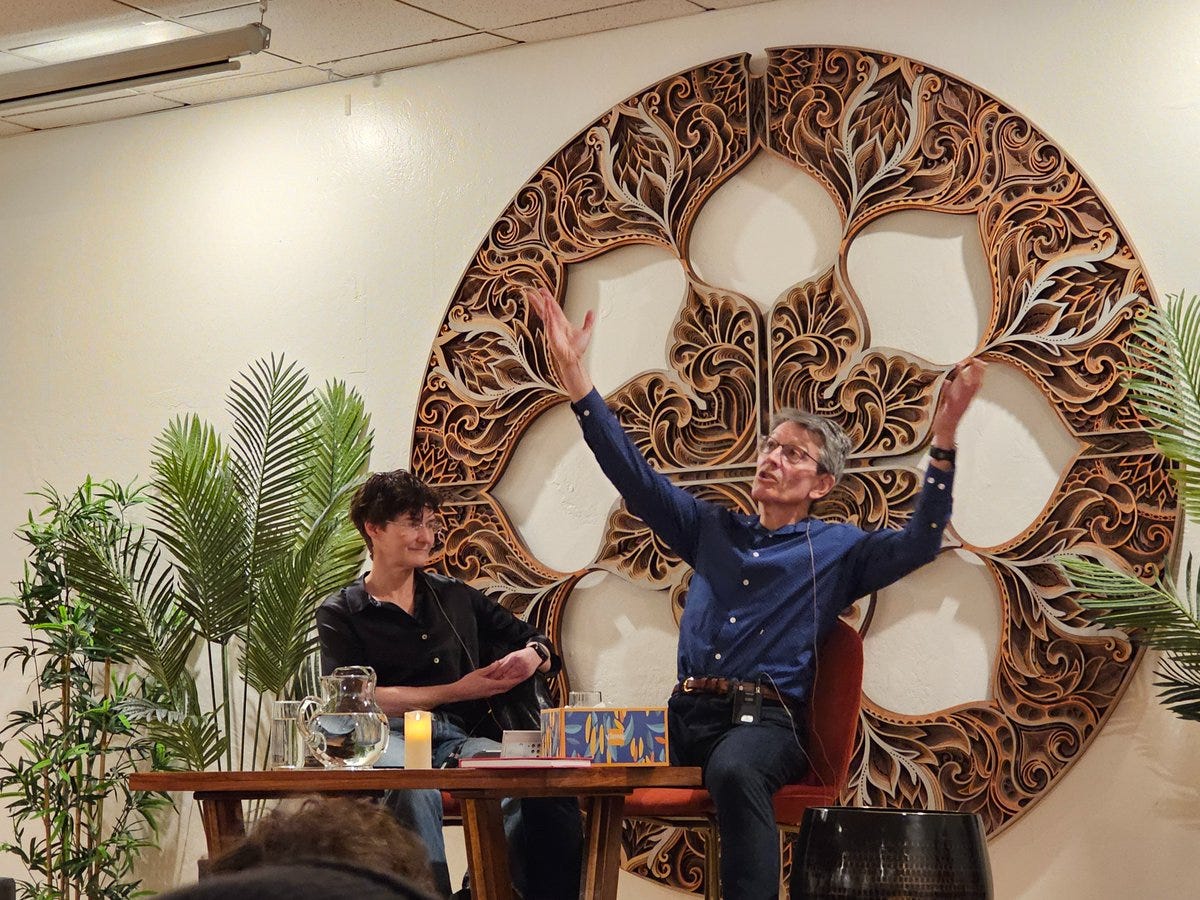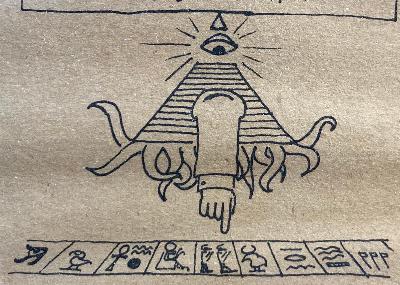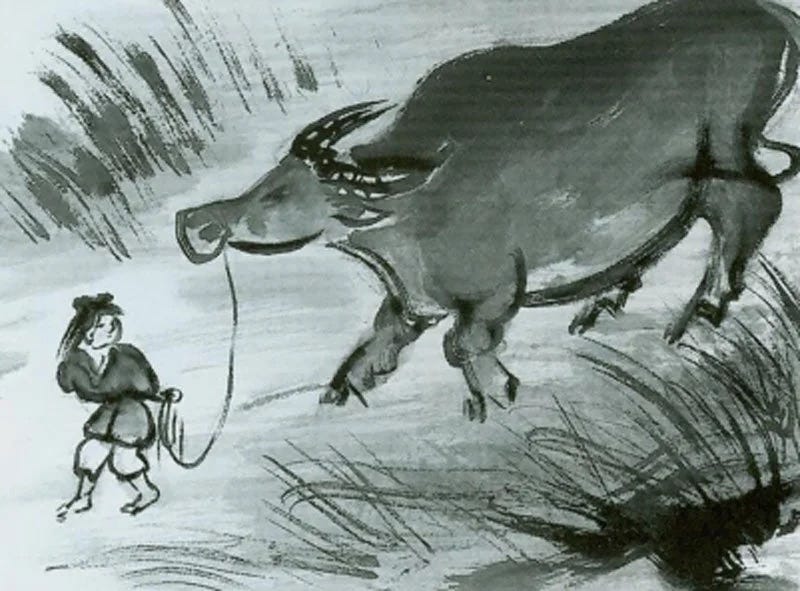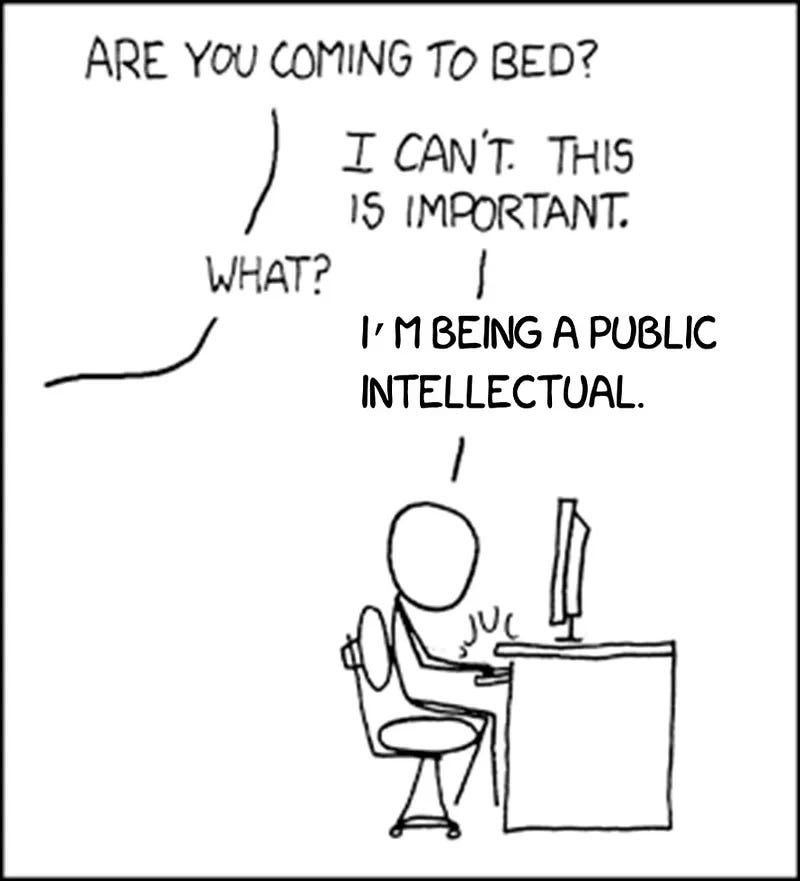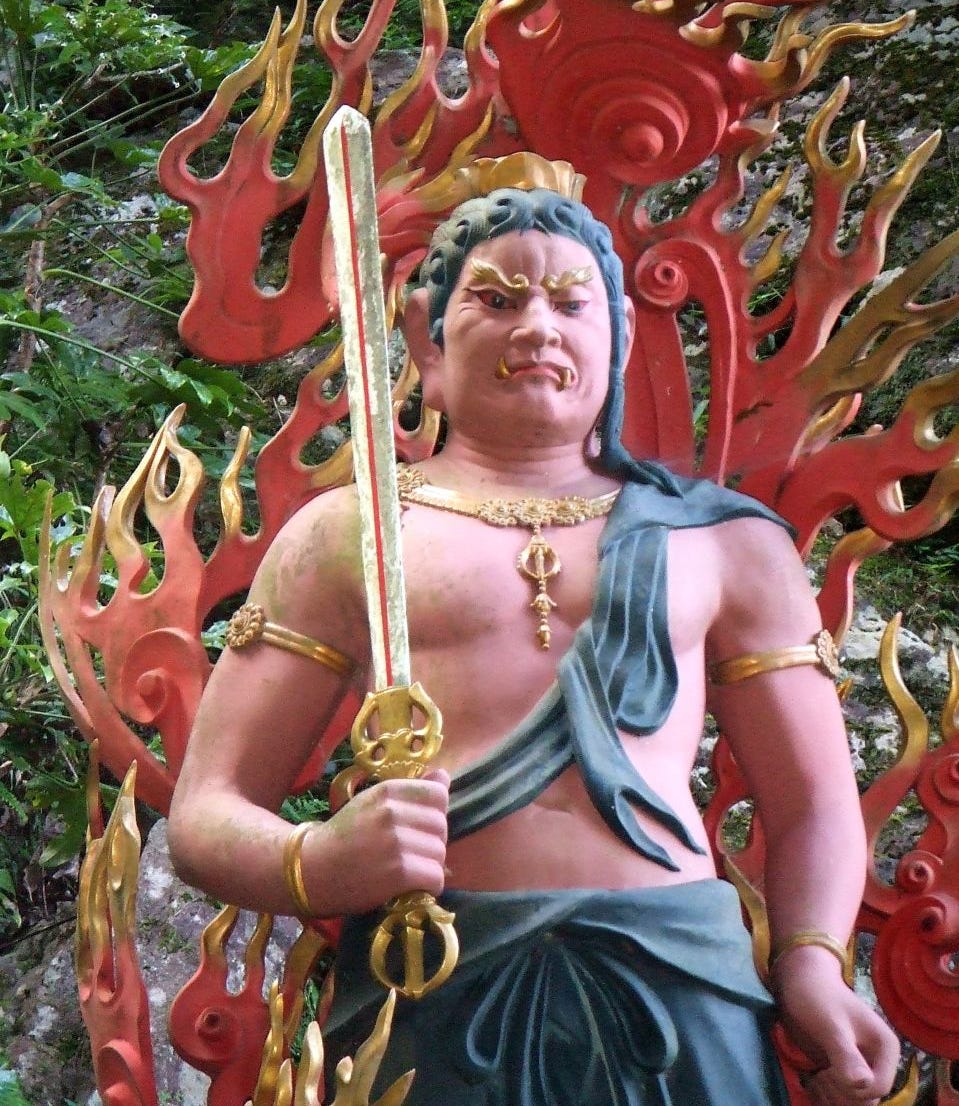How understanding Vajrayana theory boosts Vajrayana practice
Description
The point of Vajrayana is to change your way of being.
It has effective methods for that, but they are weird and complicated and difficult, and there are a vast number of them. It can be overwhelming. It's difficult to know where to start, and traditional approaches and curricula may not suit you. Understanding Vajrayana theory—how and why it works, and for which goals—helps you navigate the complexity, to practice efficiently and enjoyably.
I extracted this eighteen-minute video from the recording of my September 2024 Vajrayana Q&A. It includes my ten-minute introductory explanation, a participant’s questions about it, and answers from me and from Jared Janes.
I offer these live Zoom gatherings monthly: answering questions, and maybe asking some, and leading discussion. The next one is October 12th. These are sponsored by Evolving Ground, the Vajrayana practice community co-founded by my spouse Charlie Awbery. The sessions are available only to eG members, but membership is free. If you are not a member, you can sign up, and you’ll get an email with information on how to access the eG Discord forum. The top item in the forum is Events, and if you scroll the Events to Saturday the 10th you’ll get the zoom link.
If you have questions about this discussion, you could ask them in a comment here on Substack—or attend the next Q&A!
Transcript
David: I’m going to begin each of these Q&A sessions with a little talk. Partly this is in case you haven’t got any questions, you could ask about whatever I blather about. But that’s not necessary at all. You can completely ignore my little talk and ask me whatever is most exciting for you.
I’m going to talk this time about the relationship between the theory of Vajrayana and the practice, and why understanding the theory is actually important; and how in order to understand the theory you need to actually know something about the history, which is kind of tedious because there’s an enormous amount of the history. But the practice doesn’t always make sense unless you know about things that happened many centuries ago.
Practice questions are often the really burning ones, where you really want an answer, because you’re a bit stuck in your practice, or you’re a bit stuck in your life even, or you see some opportunity. You can kind of see it, but there’s a doorway and you’re not sure how to access it. And you’re like, “Okay, I know that’s there. But how do I get there?” That can be highly motivating. And you so hope that if you ask the question, you get a good answer, then you’ll be able to move through that door.
Theory questions often are really dry. You have some kind of a jigsaw puzzle and there’s a missing piece. You know, there’s a missing piece in the theory and you just want to know, “Okay, what goes in this hole?” And that kind of question… I mean, I like that kind of thing. It’s less vital than something that’s coming out of practice, but it’s still good to understand what those gaps are.
I said last time that Vajrayana has a crystalline logic. And that is what makes sense of the theory, but it also is an enormous mess of contradictions and conceptual confusions. And that’s why maybe having this kind of a Q& A session can be helpful.
Traditional teachers of Vajrayana can’t see this, usually, and they can’t really help sort out these things. It’s like, if you go on a long vacation, you’re away from home for a couple of weeks, you come back and you suddenly realize your house is a god-awful mess. And you didn’t see that before, because you were living inside it, and it’s just how things are. The Tibetans live inside the system. They don’t stand outside it, so they can’t see what a mess they’ve got. Because it’s home, it’s sacred, you don’t question it.
There are exceptions. There are some exceptional Tibetan lamas who’ve been able to see the whole thing, understand the logic, and explain it to Westerners. Without that, we would be completely lost. So we have to be very glad that there are a few who are able to do that.
We wouldn’t know what the point was without that explanation. It would just be this vast mass of esoteric practices, which, like, “So what?” The point is not an intellectual one. Primarily Vajrayana practice actually follows the theory closely. And the theory, in the case of Vajrayana, the theory is just a theory of the practice. It’s not a theory of life, the universe, and everything. It’s not a philosophy. It’s not trying to explain where the universe came from or something. This is a religion that is just about the practice.
That’s where the theory bites. If you don’t understand the theory, you can’t really understand the practice. You can take practice instructions and put them into practice, and that may work somewhat, but usually the practice instructions are really condensed. There’s a lot of not-said stuff, of details.
And if you have a teacher you work with closely you, you can just try to do what the instructions say. And go to your teacher and say “I tried this and it didn’t work. What am I doing wrong?” And do that over and over again. But not everybody has a teacher. The teacher is not always available. You don’t want to be bugging them all the time.
If you understand the theory, you can actually see those details. You can work it out for yourself: why the practice works, how it works, and what the point is; and then you can fill in the details for yourself.
You might get that wrong. You want to go to your teacher and say, “I didn’t really understand this, but on the basis of theory, I thought, okay, probably it’s like this. So I did that and it seemed to work. Did I get it right?” And your teacher says, “Well, yeah, kind of, but you know, if you want to walk on water, this practice is efficacious, but you need the pontoons as well.” Or whatever.
The other thing is that the theory tells you the why. Why you would want to be practicing, what the point is. This is easy to miss, because there’s just this mass of details, and the point isn’t explained.
And so, as an example of a common misunderstanding of the why, people think Vajrayana is a collection of methods for accessing weird states of consciousness, which are exciting. And the practices do often put you into weird states of consciousness, but that’s not the point. And people can spend years, having weird hallucinations or whatever, and think that’s the point. And that’s a sidetrack that you could waste all of your time on, instead of actually following the path toward the point.
Because the theory is a theory of the practice, the two of them illuminate each other; the more practice you do, the more sense the theory will make. The more you understand the theory, the more sense the practice makes.
Confusions come from the fact that the religion had to repeatedly adapt to new circumstances. And because the whole thing is sacred, the scriptures are the literal words of enlightened Buddhas living in the sky, you can’t say, “Well, that was then, this is now.” You have to innovate by pretending that the old texts say what you want to say, which is appropriate to what you think the current circumstances are.
And the thing is, people have different ideas about what the right thing is for current circumstances, or they’re in different circumstances. And so there’s all these divergent interpretations of what the scriptures really mean. And then people argue about this; and without the historical context, there’s no logic to the arguments. It’s just, “Well, what it really says is this!” “No, what it really says is that.” It’s like, well, somebody said it said this because that was addressing a particular problem, at a time, with a reasonable understanding.
I’d like to read a quote from a recent Substack post by Rob Horning. It’s about the importance of open ended curiosity in computer science research; and how the big picture understanding which you get with that curiosity relates to all the details. He said:
If you don’t know how to navigate a discipline’s canon, if you can’t map it, situate different resources ideologically, recognize disputes and contested points, recapitulate the logic of different arguments from different points of view, then you probably don’t know what you’re talking about, regardless of how much information you can regurgitate.
This, I think, applies very much to Tibetan Buddhism. There’s people who have read a huge number of books, or have been to endless boring dharma talks with fancy teachers, and they’ve assimilated all of these esoteric details, but they don’t actually know what the fundamental principles are, and how everything fits together.
I would include a lot of the fancy Tibetan lamas in that. They know how to regurgitate a lot of information. And I, it’s really arrogant for me to say this, but they don’t actually know what the point is.
So this is why the history and the theory matter. To fully understand your own practice, you need to know how to navigate the canon, how to relate competing religious claims to these old conflicts, that really mattered at one time but are now irrelevant. You see why the practice is as it is in





